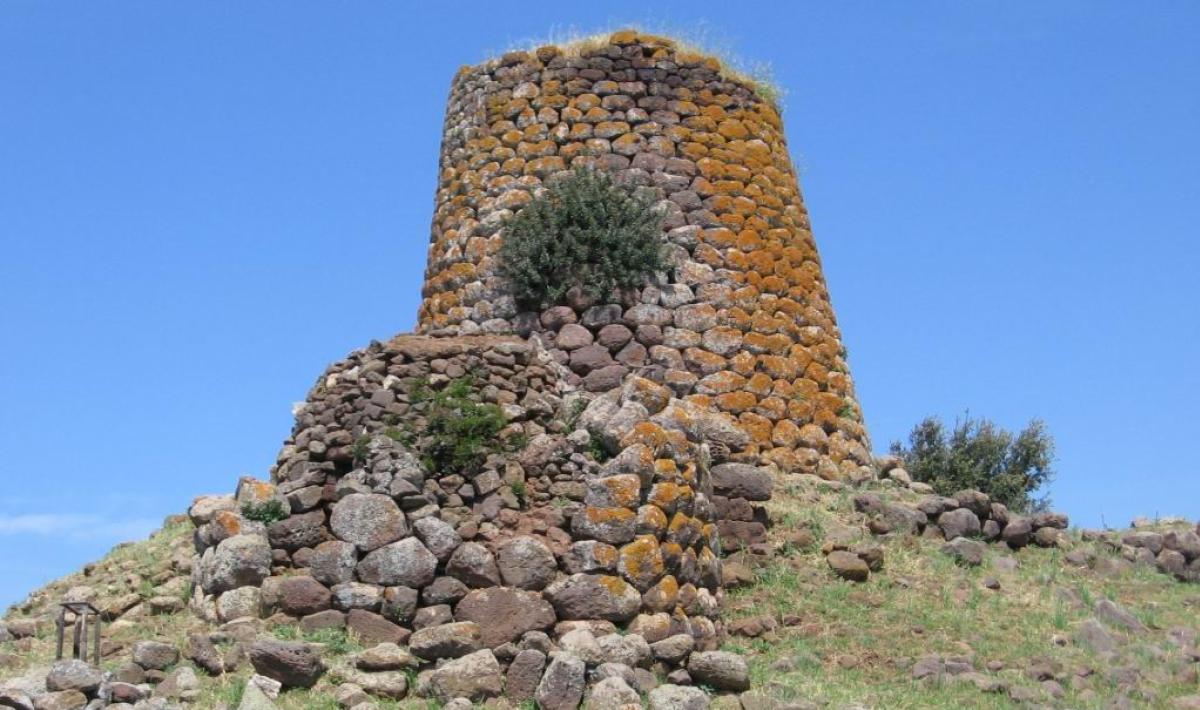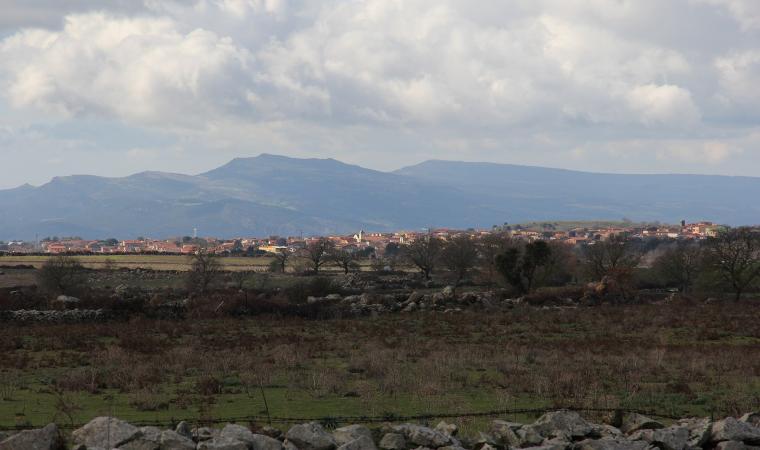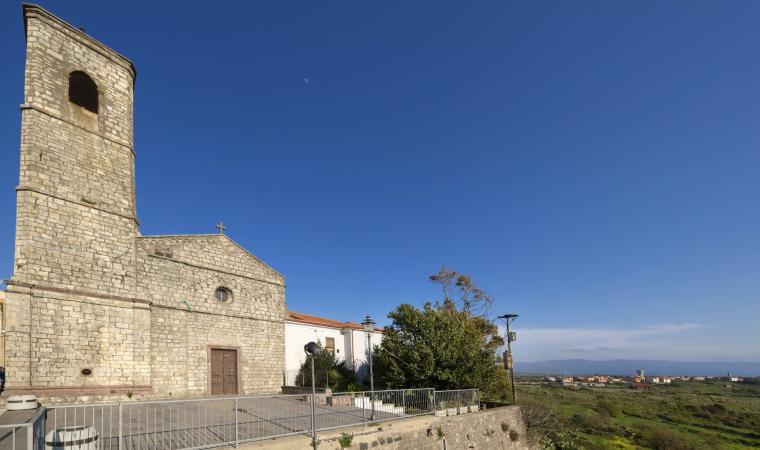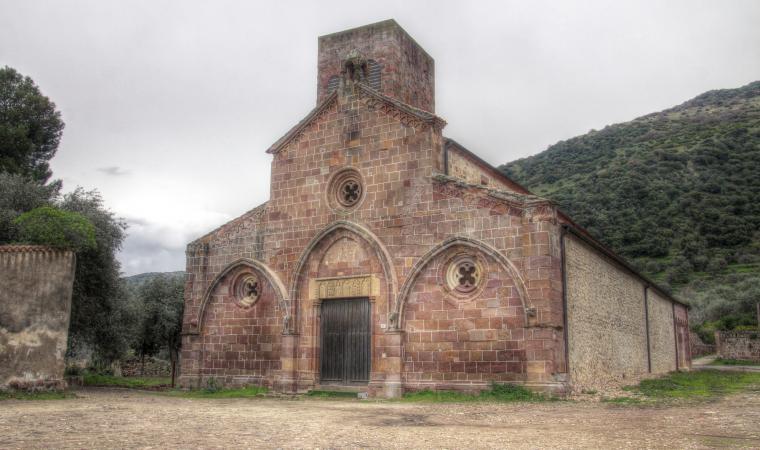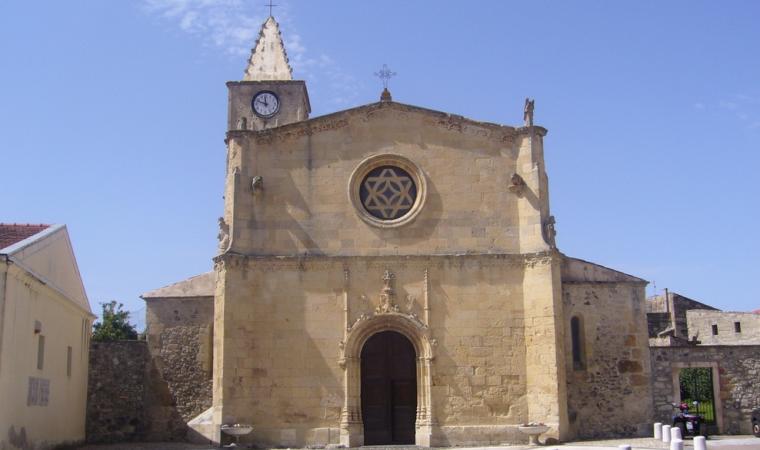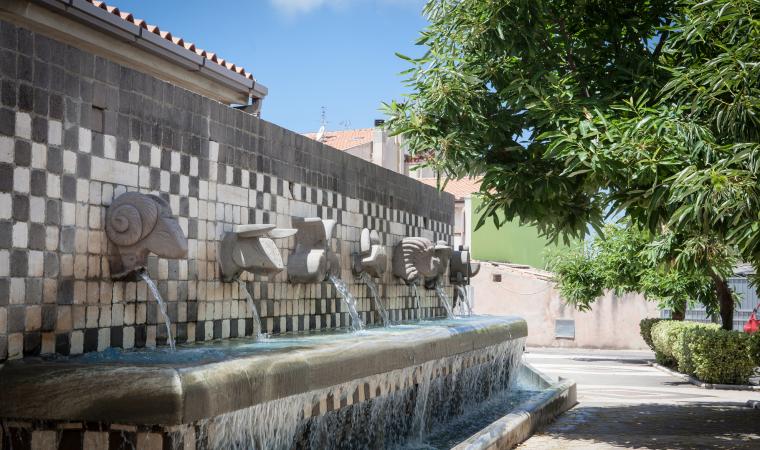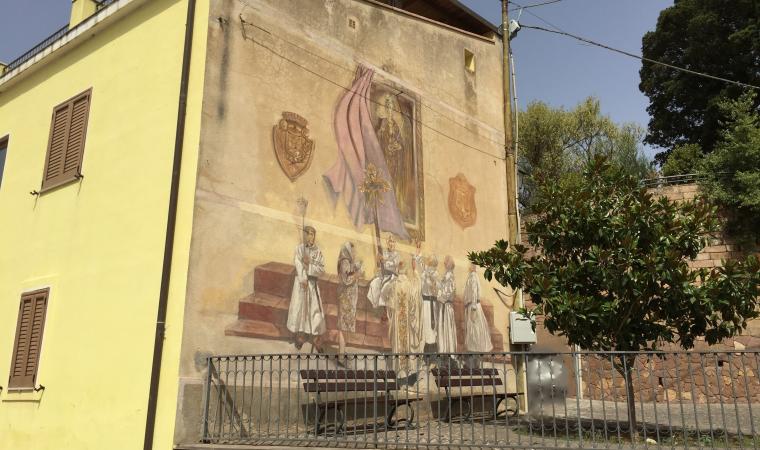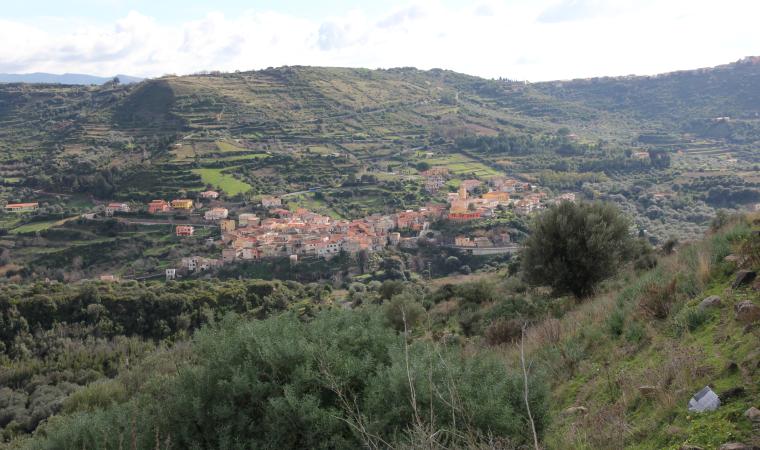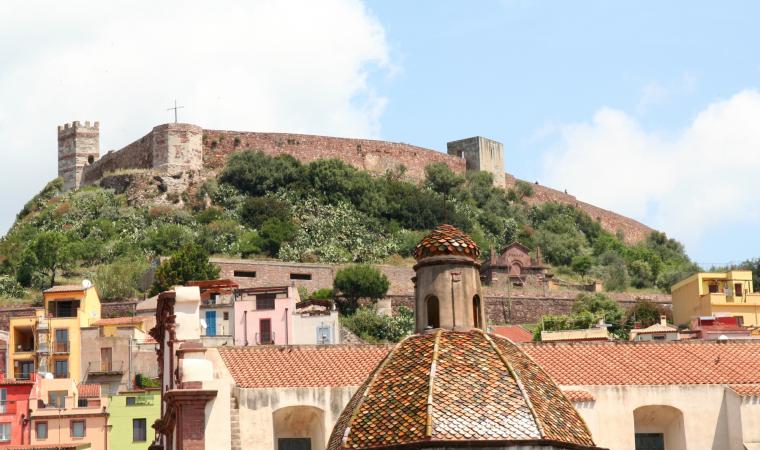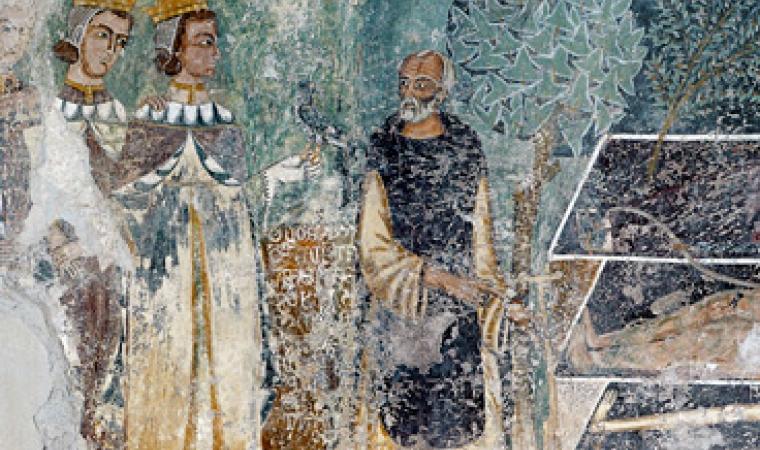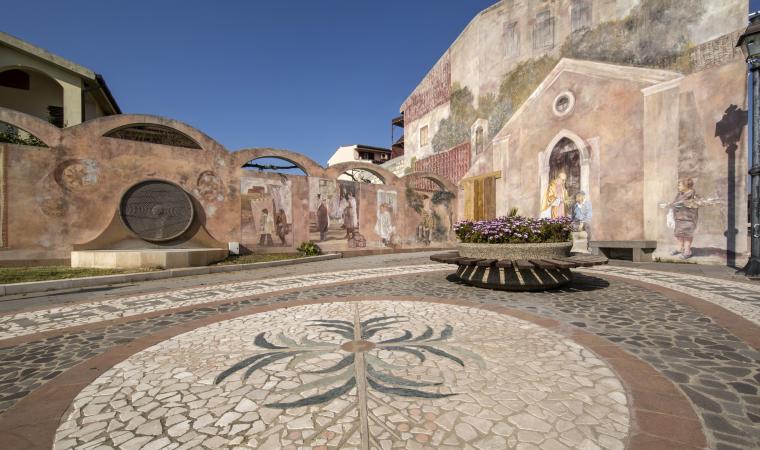The Domus de Janas of Chirisconis evoking the final Neolithic (4th-3rd millennium BC), the Protonuraghe Seneghe representing the Copper Age (2400-1800 BC), the Nuraghe Nuraddeo recounting the Bronze Age (14th-10th century BC), the house-museum Tiu Virgiliu revealing the agro-pastoral practices and customs of Planargia and the Stagno di Pischina 'e Paule for admiring the unbridled nature around the prehistoric monuments – the archaeological park of Suni will allow you to explore the remnants of the past and the landscapes, to learn about the communities and traditions, through itineraries within the territory of the small town located ten kilometres from Bosa.
The route starts in the village of Badu 'e Crabolu, from the pre-Nuragic necropolis of Chirisconis, composed of twelve domus, for a total of 21 chambers, dug into a rocky outcrop overlooking the valley of the Riu Mannu. The underground tombs offer access to a vestibule and walls with traces of paintings in ochre. Proceeding in a ‘temporal direction’, the Seneghe that dominates the Modolo valley from a protrusion can be visited, it being a perfect Protonuraghe specimen, crossed longitudinally by a straight corridor 15 metres in length, covered by eleven slabs. There are three large niches in succession on the right-hand wall of the corridor. The tower is over six metres high, built with large rough-hewn blocks. Unusual compared with other ‘corridor’ Nuraghes is the interior illuminated by slits and the stairwell.
At the heart of the Pedrasenta plateau, at 350 metres in height, stands the majestic Nuraddeo, the only Nuraghe of a complex nature in Suni. The central tower (keep) and the oldest, perfectly preserved, is composed of 27 rows that rise up over 14 metres. The two inner chambers are covered with tholos, the basalt blocks decreasing in size the higher they go. The keep is surrounded by a bastion with three towers connected via straight curtain walls that enclose a pentagonal courtyard. It is thought that the Nuraddeo was the heart of several Nuraghe structures. On the plateau, there is also Pischina 'e Paule, a wetland area characterised by Mediterranean Scrub and a Steppe, forming the habitat of rare aquatic birds. After exploring the surroundings of Suni, the visit ends in the Mesu 'e Idda district, the historical centre of the town, where the Tiu Virgiliu museum-house stands, a living witness to 19th- and 20th-century culture of Planargia. The house conserves its ancient architecture, containing artefacts and machinery related to craft and agricultural-pastoral activities. It is split over two floors. The ground floor featuring a functional mill, olive press and workshops. The upper floor, Su Palattu, was devised for family living and women’s activities, in particular weaving looms. Furniture and equipment are from the early 20th century. The various environments are enriched by exhibitions. One dedicated to photography shows the archaeological sites of Suni, whilst other exhibitions reveal the traditions of baking, clothing, musical instruments and toys of the past. The museum is close to the church of San Pancrazio (15th century) and the parish church of Santa Maria della Neve, around which the village unfurls, having been born - according to legend - from Sa Idda Ezza (‘old village’), where other Nuragic remains have emerged, including the Tomb of Giants of Chighentolu.

